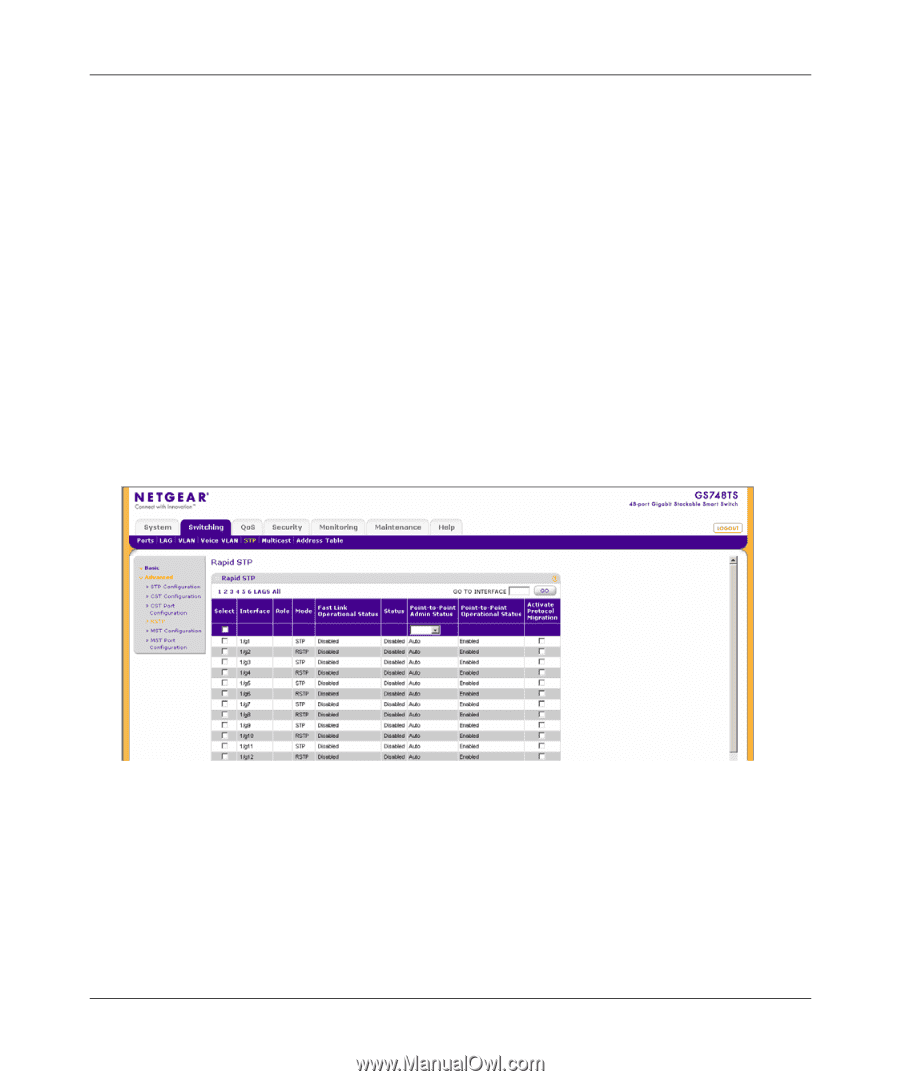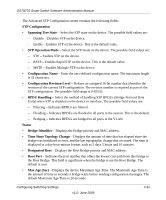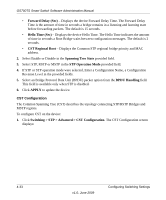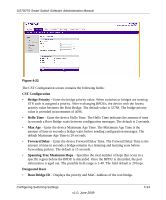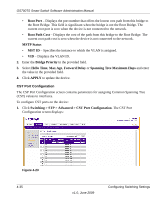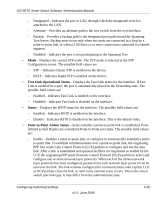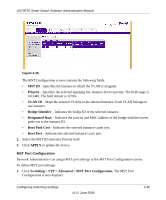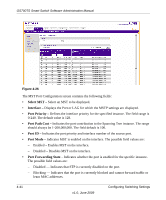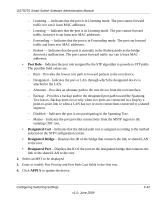Netgear GS748TS GS7xxTS User Manual - Page 130
RSTP, The Rapid STP screen displays
 |
UPC - 606449049480
View all Netgear GS748TS manuals
Add to My Manuals
Save this manual to your list of manuals |
Page 130 highlights
GS700TS Smart Switch Software Administration Manual 2. Select the STP Status and Fast Link status in the provided fields. 3. Enter the Path Cost in the provided field. 4. Select the Priority from the list in the provided field. 5. Click APPLY to update the device. RSTP While Classic STP prevents forwarding loops in a general network topology, convergence can take between 30-60 seconds. This time may delay detecting possible loops and propagating status topology changes. Rapid Spanning Tree Protocol (RSTP) detects and uses network topologies that allow a faster STP convergence without creating forwarding loops. The Global System LAG information displays the same field information as the ports, but represents the LAG RSTP information. To define RSTP on the device: 1. Click Switching > STP > Advanced > RSTP. The Rapid STP screen displays: Figure 4-24 The Rapid STP screen contains the following fields: • Interface - Displays the port or LAG on which Rapid STP is enabled or disabled. • Role - Displays the port role assigned by the STP algorithm to provide to STP paths. The possible field values are: - Root - Provides the lowest cost path to forward packets to the root switch. 4-37 v1.0, June 2009 Configuring Switching Settings
